Grass-Eating Dogs: Separating Fact from Fiction and Understanding the Behavior
Dogs munching on grass is a common phenomenon that has sparked curiosity among pet owners. This behavior falls at the intersection of canine behavior, nutrition, and biology, driven by various factors including behavioral and nutritional elements.
Why Do Dogs Eat Grass?
Dogs are naturally inclined to explore their environment through their senses, including their mouths. As omnivores with a history of scavenging and foraging, dogs may eat grass simply because it's part of their genetic makeup. Surveys indicate that a significant percentage of healthy dogs consume grass, with 79% of dogs in a survey of 47 pet parents admitting to eating grass, and 68% doing so regularly.
The reasons behind this behavior are multifaceted:
Exploration and Fun: Dogs use their mouths to explore the world.
Displacement Behavior: Eating grass can be a calming mechanism.
Nutritional Needs: Some dogs may eat grass due to dietary deficiencies.
Attention Seeking: Grass-eating can be a way to garner attention.
Boredom: Under-stimulated dogs may resort to eating grass.
Taste and Texture: Grass can be appealing to dogs.
Hunger: Though less likely, hunger could play a role.
Fiber Intake: Grass is a source of fiber, and some dogs may eat it to fulfill this need.
Managing Your Dog’s Grass-Eating Habit
The most effective way to stop your dog from eating grass involves a combination of training, management, and understanding what you want your dog to do instead. Here are some strategies:
Dog Training: Work on recall training to call your dog away from the grass or "heel" to prevent grass eating.
Behavior Modification: For dogs who eat grass in the yard, redirection techniques like playing with your dog and rewarding alternative behaviors can help.
Use of Head Harnesses or Muzzles: For better control and to slow down grass-eating.
Prevention & Management: Supervise your dog or keep them on a leash to prevent unwanted grass eating, and ensure a balanced diet.
Is Eating Grass Safe for My Dog?
While grass-eating isn't typically dangerous, the biggest risk comes from chemically treated grass. Avoid letting your dog eat grass from treated lawns, as the chemicals can be harmful.
The Truth About Dogs Eating Grass and Vomiting
It's a common concern among dog owners: why do dogs eat grass and then vomit? Are they sick?
The relationship between grass-eating and vomiting is often misunderstood. To set the record straight, dogs don't typically eat grass with the intention of inducing vomiting. So, what's behind this behavior?
According to experts, there are a few possible explanations. If a dog vomits after eating grass, it might be due to factors like:
The grass being unhealthy or contaminated with chemicals or bacteria
Eating too much grass, which can cause stomach upset
Pre-existing health issues that make the dog more prone to vomiting
The good news is that grass-eating itself is generally not a cause for concern, as long as the grass is free from chemicals and other hazards. In fact, many dogs can digest grass without issues, and it may even provide some nutritional benefits.
Sudden Changes in Grass-Eating Behavior
If your dog starts eating grass suddenly, look for changes in their diet, environment, or routine that might be causing stress or boredom.
Grass Types and Safety
With thousands of grass species, the type of grass your dog eats can vary. As long as your dog is on a balanced diet and not vomiting after eating grass, there's likely no cause for concern.
Unanswered Questions
Despite extensive research, some reasons for grass-eating remain speculative. There's no conclusive evidence that dogs eat grass to vomit or alleviate gastrointestinal issues.
The Bottom Line for Dog Owners
Dogs will often engage in behaviors that seem odd to us, but these behaviors are usually not harmful. The key to curbing unwanted habits is finding ways to prevent them, combined with positive training that rewards your dog for choosing more desirable behaviors.
For personalized guidance and support, book a free consultation or video call with our Certified Dog Trainer today.




Is your puppy’s biting out of control?
Puppy biting can be frustrating and overwhelming, but you don’t have to manage it alone. Our expert dog trainers specialize in positive, game-based puppy biting solutions designed to teach bite inhibition and promote calm behavior.
Start your journey to a well-mannered, happier puppy with proven techniques that work.
👉 Book your game-based puppy training intro session today!